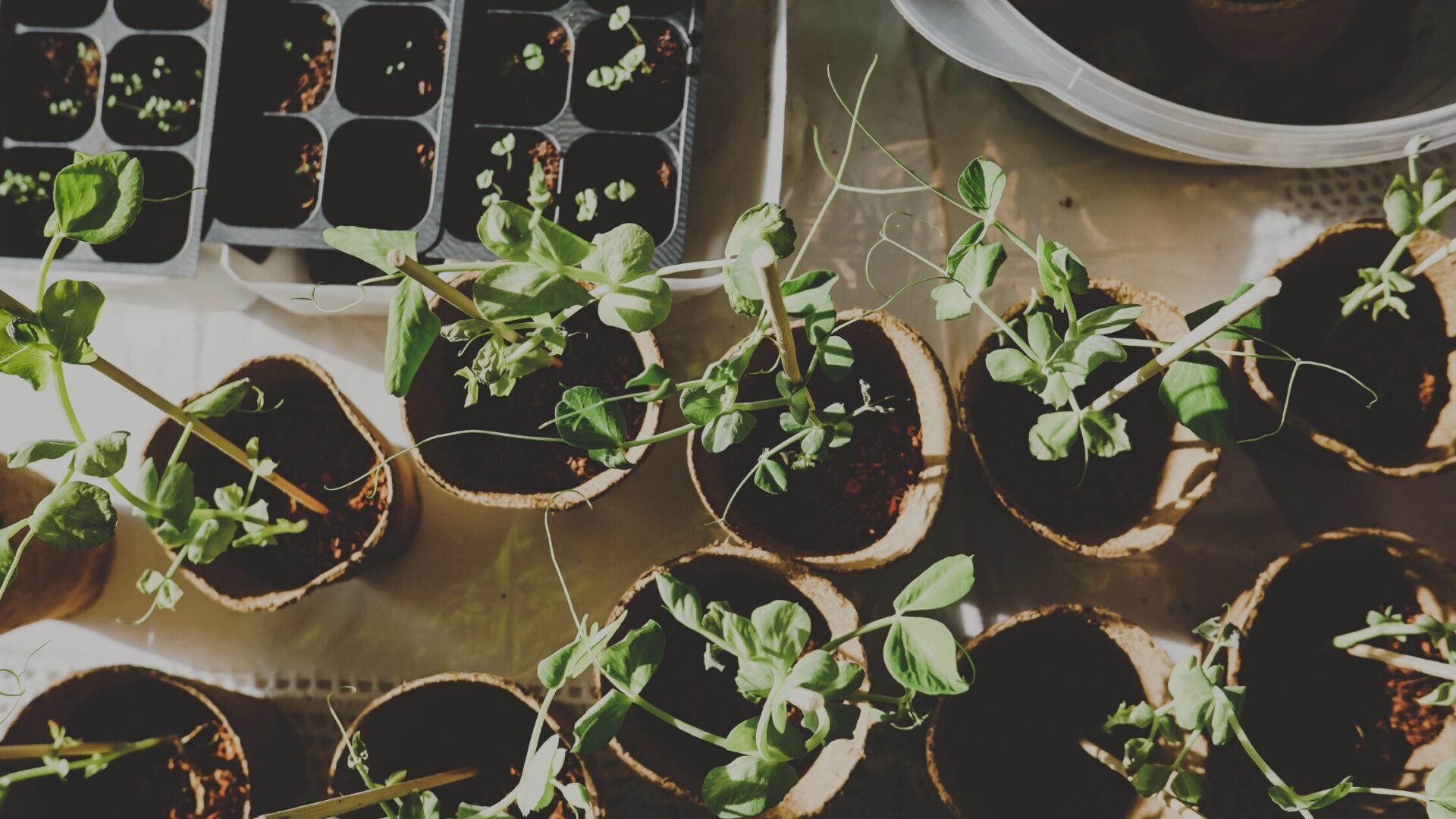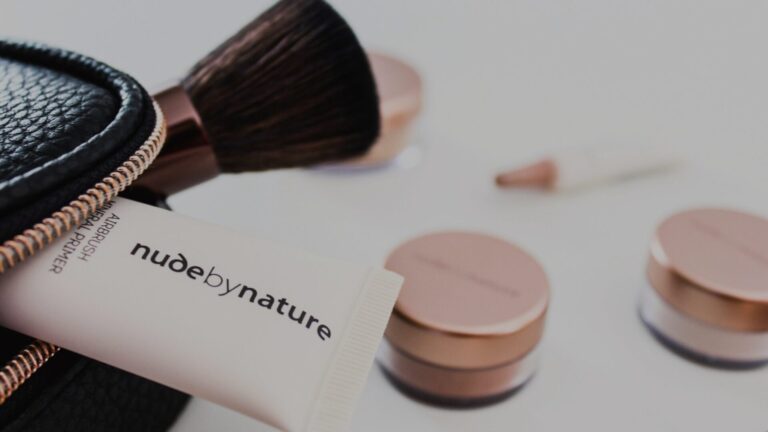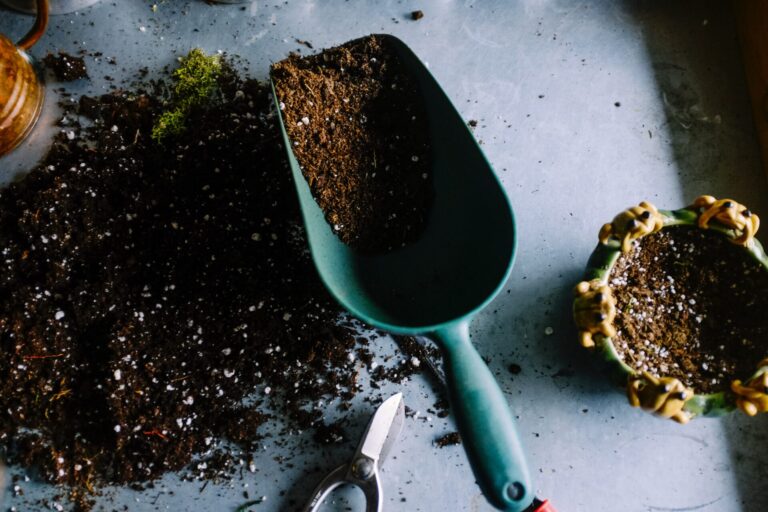As vegetable prices continue to rise, wouldn’t it be wonderful to grow your own vegetables at home? Not only can you reduce your grocery bills a bit, but vegetables you’ve grown yourself taste remarkably better.
For children, home gardening provides a valuable opportunity to learn how food grows, creating natural food education experiences.
Furthermore, home gardening serves as a first step toward sustainable living. What begins with a single small planter can actually have significant meaning for our planet’s environment.
3 Reasons Why Home Gardening is Sustainable
1. Reduces Food Waste
You can harvest only what you need, eliminating vegetable waste. There’s no worry about store-bought vegetables rotting in the refrigerator – you can enjoy them fresh and delicious right when they’re ready.
2. Cuts Transportation CO₂ Emissions
Before vegetables reach our dinner tables, significant amount of petroleum energy is consumed and carbon dioxide is released, contributing to global warming. With vegetables grown on your own balcony or in your garden, you can eat them immediately after harvest, reducing transportation-related CO₂ emissions to zero.
3. Transforms Waste into Resources with Composting
By converting kitchen scraps into compost, you can reduce waste while creating nutrient-rich soil. This also decreases overall garbage volume, creating a wonderful system that achieves circular living.
Consider These Before Starting Your Home Garden
Deciding Where to Grow
First, choose your growing location. Balconies work well for space-saving cultivation, while yards allow for full-scale gardens. Some vegetables can even be grown indoors near windows.
Checking Sunlight and Air Circulation
Plants need adequate sunlight and proper air flow for healthy growth. Check the sunlight hours and air circulation in your chosen location beforehand – this is key to success.
Choosing What Vegetables to Grow
Consider the season, growing difficulty, and harvest timing when selecting vegetables. It’s also fun to choose based on your family’s preferences.
Essential Tools and Materials
Basic Starter Kit for Beginners
To begin cultivation, these items will be helpful:
Growing containers: Planters or pots large enough for vegetable roots to develop properly
Basic tools: Shovels for digging soil, watering cans, work gloves, and stakes to support plants
Nutrition: Organic fertilizers and compost instead of chemical fertilizers to support plant growth
Creative Ways to Recycle Tools
Nearby waste materials can be effectively repurposed. Plastic bottles can become watering tools, and milk cartons can substitute for small planters. These environmentally friendly ideas also save money – it’s a win-win approach.
Building Soil with Composting
What is Composting?
Compost is a device that decomposes kitchen scraps to create fertilizer. Options include compact types suitable for balconies, fermentation-promoting “bokashi” bucket types, and electric food waste processors that work quickly – choose based on your living environment.
Creating Soil Using Compost
Good soil has four essential qualities: “water retention” to maintain appropriate moisture, “nutrient retention” to store nutrition, “aeration” to supply oxygen to roots, and “drainage” for good water flow.
Soil acidity is also important – most vegetables prefer slightly acidic soil. Adjusting to the proper acidity level through soil preparation is the secret to growing healthy vegetables.
Commercial potting soil meets these conditions and is user-friendly for beginners. However, since it often contains chemical fertilizers, those aiming for more natural cultivation can challenge themselves to create chemical-free soil blends.
Planting Your Vegetables
Top 5 Vegetables for Beginners
Radishes
Can be grown from September to June. High germination rate with low failure risk, ready for harvest about 30 days after sowing.
Komatsuna (Japanese Mustard Spinach)
Best grown September to October. Fast-growing with harvest in about one month, autumn-winter cultivation is especially recommended due to fewer pest problems.
Cherry Tomatoes
Plant April to May. Requires stake support, success depends on good sunlight exposure.
Shiso (Japanese Basil)
Plant April to June. Requires minimal maintenance and provides long-term harvest enjoyment.
Basil
Growing season April to June. Few pest problems and easy to grow. Works well as a “companion plant” with cherry tomatoes.
Planting Instructions
Preparing the Drainage Layer
Place drainage stones at the bottom of planters. This important step improves aeration and drainage. Using stones in mesh bags makes them washable and reusable, saving money.
Adding Soil
Fill planters with soil, but don’t fill to the brim. Leave about 3cm from the top edge to prevent overflow during watering.
Planting Seedlings
Dig holes in the potting soil and place seedlings. Don’t break the root ball (the clump of roots and surrounding soil) and handle roots gently. When removing from pots, support the base with your fingers and gently push out through the bottom holes. Cover with soil until the top of the root ball is completely buried.
Installing Stakes
Newly planted seedlings are unstable, so provide temporary support with chopsticks or similar items. Then install proper stakes. Use three-stake sets or similar, inserting them deep and firmly into the soil to prevent wobbling.
Watering
Water thoroughly until water flows from the bottom of the planter. Pour water from the planter edges, avoiding the leaves. If soil level drops after watering, add more soil. From then on, water only when the soil surface becomes dry to prevent root rot from excessive watering.
Common Problems and Solutions
Overwatering/Underwatering
Proper watering requires reading the soil surface condition. Ideally, water when the surface appears dry. Early morning watering is effective for growth since plants can photosynthesize throughout the day.
Excessive watering causes root rot, so be careful. Also, water on leaves can lead to leaf decay. Use narrow-spout watering cans to distribute water evenly across the entire soil surface.
Pest Prevention Methods
Improving Sunlight and Air Circulation
Sunlight and air flow directly impact healthy plant growth. Insufficient sunlight prevents adequate photosynthesis, while poor air circulation weakens plant resistance and encourages pest development. You can improve conditions by installing temporary stakes and “pinching” (removing unnecessary shoots).
Using Natural Pest Deterrents
Vinegar-based natural pesticides are representative examples. Products using plant extracts from mugwort or houttuynia, baking soda, and wood vinegar are gentler on human health.
Weed Removal
Pests prefer weedy environments, so regular weeding is important. Leaving weeds creates pest breeding grounds that negatively affect cultivated vegetables. Various strategies include regular mowing and using mulch films for weed prevention.
Summer weeds grow exceptionally fast, requiring daily observation and frequent maintenance.
Using Companion Plants
Companion plants are combinations that mutually benefit when grown together. While they don’t directly eliminate pests, some plants have pest-deterrent effects.
Marigolds are considered pest-deterrent, and combinations of garlic chives or scallions with other vegetables are also effective for pest control.
Herbs are especially recommended. Besides their healing effects on us, most herbs have distinctive scents that many pests dislike.
Effective combinations include garlic chives or basil with tomatoes, and parsley with cucumbers. Beginners should start with versatile herbs that pair well with any vegetable.
Using 100% Natural Pest Sprays
When concerned about chemical effects on vegetables or human health, natural ingredient pest sprays are recommended. Commercial products are available, but you can also make your own.
For example, you can create natural pest spray at home using 500ml pure rice vinegar, about 10 hot peppers (dried chilies), and 1-3 garlic cloves.
Troubleshooting Slow Growth
Sunlight and Air Circulation Issues
Plants need adequate sunlight for proper growth. Consider moving to a sunnier location.
Water Shortage
If soil surfaces appear whitish and dry, there’s water shortage. Regular watering is important since photosynthesis requires adequate moisture.
Nutrient Deficiency
Fertilizer is also essential for plant growth. Apply fertilizer regularly. However, too much can cause fertilizer burn and backfire, so follow proper amounts.
Small Steps That Change the Future
Home gardening is a wonderful initiative that serves as a gateway to sustainable living. Activities that begin with a single small planter eventually contribute to protecting our global environment.
I also plan to start home gardening despite having only a small balcony space. Since there are many things you can’t understand without trying them yourself, I want to keep updating with new information.
Daily small efforts eventually bring about big changes. Why not start your sustainable home gardening life today?








